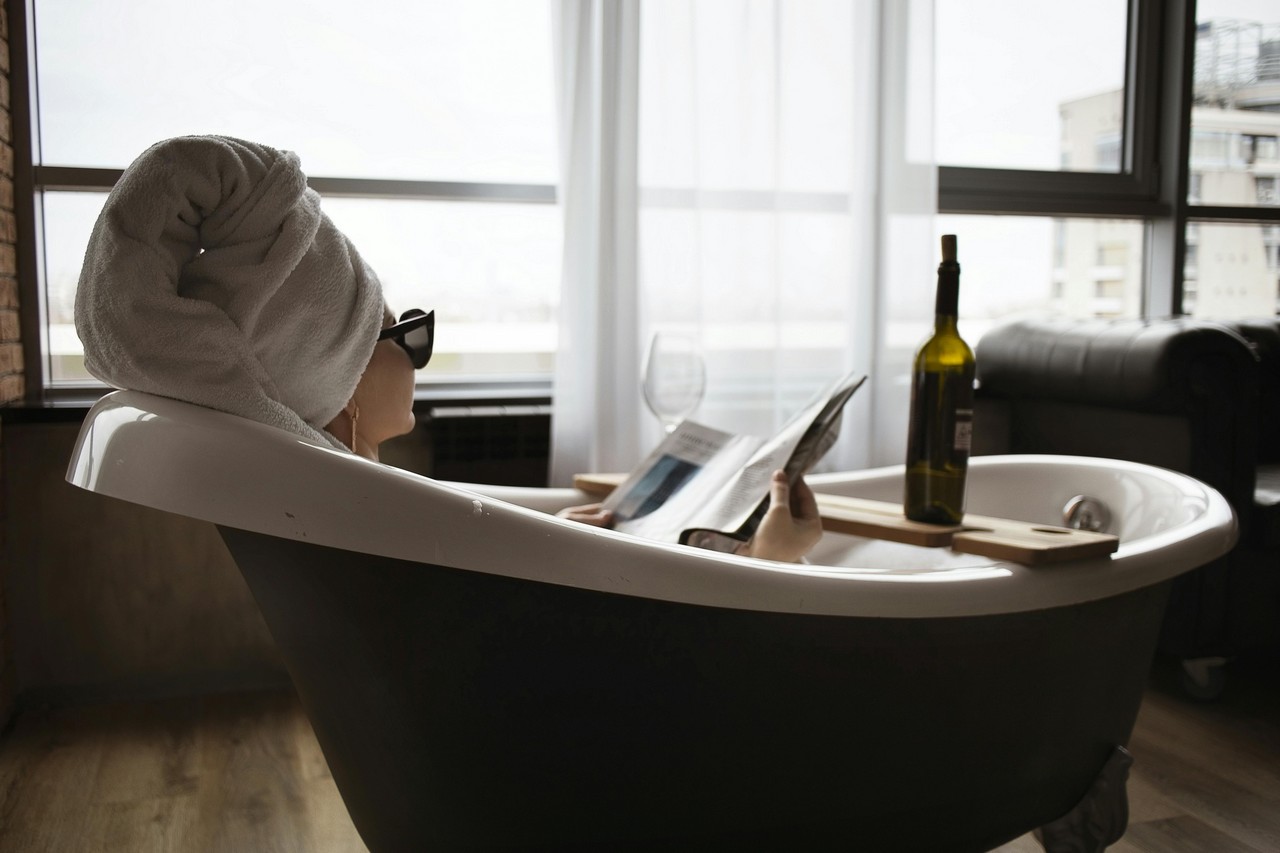When something like mold enters the picture, it can disrupt that sense of peace and comfort. For many renters, mold isn’t just an inconvenience—it can be a serious health hazard. If you’re struggling with mold in your rental, you might feel overwhelmed or uncertain about where to turn for help. But don’t worry; you’re not alone in this, and there are steps you can take to ensure your home remains safe and healthy.
Mold grows wherever moisture thrives, and it’s not picky about where it shows up—bathrooms, basements, under leaky windows, or even hidden behind walls. While it can be easy to ignore those small spots of mildew in the shower, mold can quickly become a much bigger problem if left untreated. More concerning is that, depending on the type of mold, it can lead to significant health problems, including respiratory issues and allergic reactions. That’s why it’s important to act swiftly once you notice signs of mold in your rental.
The relationship between landlords and tenants can be tricky to navigate, especially when mold becomes an issue. It’s crucial to understand your rights as a tenant and know what responsibilities fall on your landlord. In most cases, landlords are required to maintain habitable living conditions, and that includes addressing mold problems. However, knowing when and how to approach this topic can be daunting, especially if your landlord is slow to act or denies there’s an issue. Don’t lose hope—there are resources and steps available to help you get the situation resolved.
We’ll walk you through your rights as a tenant, tips for mold prevention, and how to work with (or hold accountable) your landlord. With a little knowledge and some proactive steps, you can reclaim your home as a safe and comfortable space once again.
Understanding Mold in Your Rental
Mold is a type of fungus that thrives in damp and humid environments. It can appear as black, white, green, or even gray patches and often has a musty odor. The most common places mold can grow are bathrooms, kitchens, basements, and anywhere else where moisture is abundant. In some cases, mold is easily visible, growing on walls, ceilings, or even furniture. But it can also hide in unseen areas, such as behind drywall, under flooring, or inside air ducts.
Mold can develop in any climate, though it’s more common in areas with high humidity, such as the Southeast or coastal regions. However, no matter where you live, if moisture is present—whether from leaks, condensation, or high humidity—mold has the potential to grow. While some mold, like the type that appears on shower tiles, is relatively harmless, other types, like black mold (Stachybotrys), can pose serious health risks.
When mold is present, it releases tiny spores into the air, which can be inhaled and cause a range of health issues. Some people may experience mild symptoms like sneezing or coughing, while others—especially those with asthma, allergies, or weakened immune systems—may suffer from more severe reactions, including difficulty breathing, skin rashes, and even long-term lung damage. Mold isn’t just an unsightly nuisance; for many, it can become a major health concern.
What Are Your Rights as a Tenant?
As a tenant, you have the right to live in a safe and habitable environment, and that includes being free from mold. Most states have laws that require landlords to maintain the rental property in good condition, which means they must address issues like leaks or water damage that could lead to mold growth. While there may not be specific laws governing mold in every state, general habitability standards often cover mold remediation as part of the landlord’s responsibilities.
If you notice mold in your rental, your first step should be to notify your landlord in writing. Be sure to describe the location and extent of the mold, and if possible, include photos. It’s important to document the issue from the start, as this will be useful if the problem escalates and legal action is required. In many cases, landlords will take action once they’re made aware of the problem. However, if your landlord is slow to respond or refuses to address the issue, you may need to take further steps.
In some states, tenants are allowed to withhold rent until serious maintenance issues, such as mold, are fixed. Others allow tenants to break their lease without penalty if the landlord fails to maintain a habitable living environment. Be sure to familiarize yourself with your state’s tenant laws so you know your options. It’s also worth noting that some states require landlords to disclose known mold issues before you sign a lease, which can help prevent problems before you even move in.
Preventing Mold in Your Rental
The best way to deal with mold is to prevent it from growing in the first place. While some factors are out of your control, such as leaky pipes or roof damage (which should be reported to your landlord immediately), there are things you can do to minimize the conditions mold needs to thrive.
- Ventilation: Mold loves moist air, so keep your rental well-ventilated. Use exhaust fans in bathrooms and kitchens to reduce humidity. If your apartment doesn’t have fans, consider using a dehumidifier to keep moisture levels in check.
- Moisture Control: Address any moisture problems immediately. Wipe down wet surfaces in the bathroom, kitchen, and laundry areas, and avoid leaving wet clothes or towels lying around. If you notice a leak, report it to your landlord right away.
- Clean Regularly: Mold spores are everywhere, and while they usually don’t cause problems, they can grow quickly if given the right conditions. Clean areas prone to moisture, like shower tiles and windowsills, regularly with a mold-killing cleaner.
- Sunlight: Mold doesn’t like sunlight, so allow as much natural light into your space as possible. Open curtains and blinds to let the sun help keep damp areas dry.
- Air Circulation: Move furniture slightly away from walls, especially in humid climates, to allow air to circulate behind them. This prevents condensation from building up, which can lead to mold.
By taking these steps, you can help prevent mold from becoming an issue in your rental. However, if mold does appear despite your best efforts, don’t hesitate to contact your landlord. Mold can spread quickly, and the longer it goes untreated, the harder (and more expensive) it will be to remove.
When to Seek Professional Help
There are times when cleaning up mold yourself isn’t enough. If mold covers a large area (more than 10 square feet), has gotten into your walls or floors, or is the result of major water damage, it’s best to call in professionals. Mold remediation specialists have the tools and expertise to safely remove mold and address the underlying causes, such as leaks or structural damage, to ensure it doesn’t come back.
If your landlord refuses to hire professionals for a serious mold problem, or if you believe the mold is affecting your health, it may be time to seek legal advice. Your landlord has a responsibility to keep your rental safe, and failure to do so could result in legal consequences. Be sure to keep all communication with your landlord documented, including written requests for mold remediation, photos of the mold, and any health records related to mold exposure.
Take Steps To Fix
Mold is more than just a nuisance—it’s a health hazard that needs to be addressed promptly. As a tenant, you have rights, and your landlord has a duty to provide you with a safe living environment. By understanding the causes of mold, how to prevent it, and what actions to take if your landlord doesn’t fix the problem, you can protect yourself and your home.
Remember, prevention is key, so take steps to control moisture and keep your rental well-ventilated. And if mold does become an issue, don’t hesitate to seek help—whether that’s from your landlord, a mold remediation expert, or even legal counsel. After all, your home should be a place of comfort and safety, not one that puts your health at risk.






